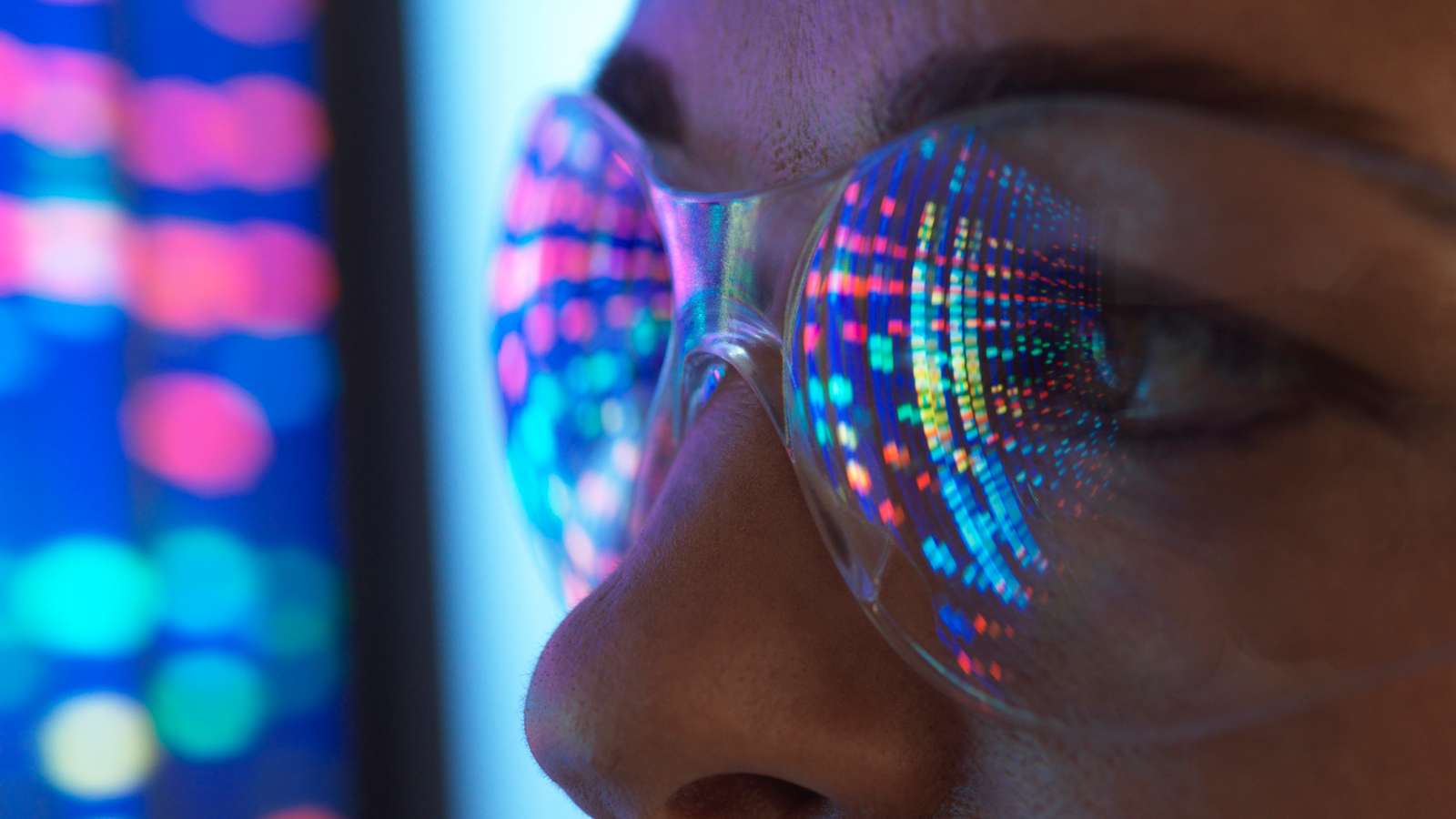Metals, Vol. 13, Pages 184: Design Optimization and Finite Element Model Validation of LPBF-Printed Lattice-Structured Beams
Metals doi: 10.3390/met13020184
Authors: Riyan Rashid Syed Masood Dong Ruan Suresh Palanisamy Xiaodong Huang Rizwan Abdul Rahman Rashid
The laser powder bed fusion (LPBF) method, more commonly known as selective laser melting (SLM), is one of the most common metal additive manufacturing (AM) processes. It is a layer-by-layer fabrication process where each powder layer is melted and fused by a laser beam, which traverses over the designated part geometry cross-section, as defined by a sliced CAD model. The LPBF process is being popularly used to manufacture end products of intricate geometry for various industries, such as the automobile, aerospace, defence, and biomedical industries. In designing parts, the topology optimisation (TO) technique can be effectively employed to optimise the distribution of material throughout the part and obtain the minimum volume/weight without compromising the mechanical performance of the component. This study focusses on the design optimisation and validation of the optimisation approaches used for LPBF-printed AlSi12 metal parts. The mechanical performance of three different topologically optimised lattice beams, viz. 1 × 1, 8 × 3, and 12 × 3, printed using the LPBF process, was investigated. When the beams were tested in bending, it was found that these TO LPBF-printed beams behaved differently when compared to the LPBF-printed solid beam. The 1 × 1 lattice beam performed better than the other two lattice beams due to the lower number of links where premature failure was delayed. The 1 × 1 lattice beam exhibited a load-bearing capacity of 17 ± 2 kN, whereas the 8 × 3 and 12 × 3 lattice beams showed load capacities of 13 ± 1 kN and 10 ± 1 kN, respectively. This mechanical behaviour was modelled and simulated by using a finite element analysis, and it was found that the LPBF-printed material property was affected by the design elements present in the beam. It was also found that each topology-optimised beam fits a different material model when compared to the SLM-printed solid beam. Therefore, a new material model or simulation technique needs to be developed to overcome this issue.

 1 year ago
48
1 year ago
48

